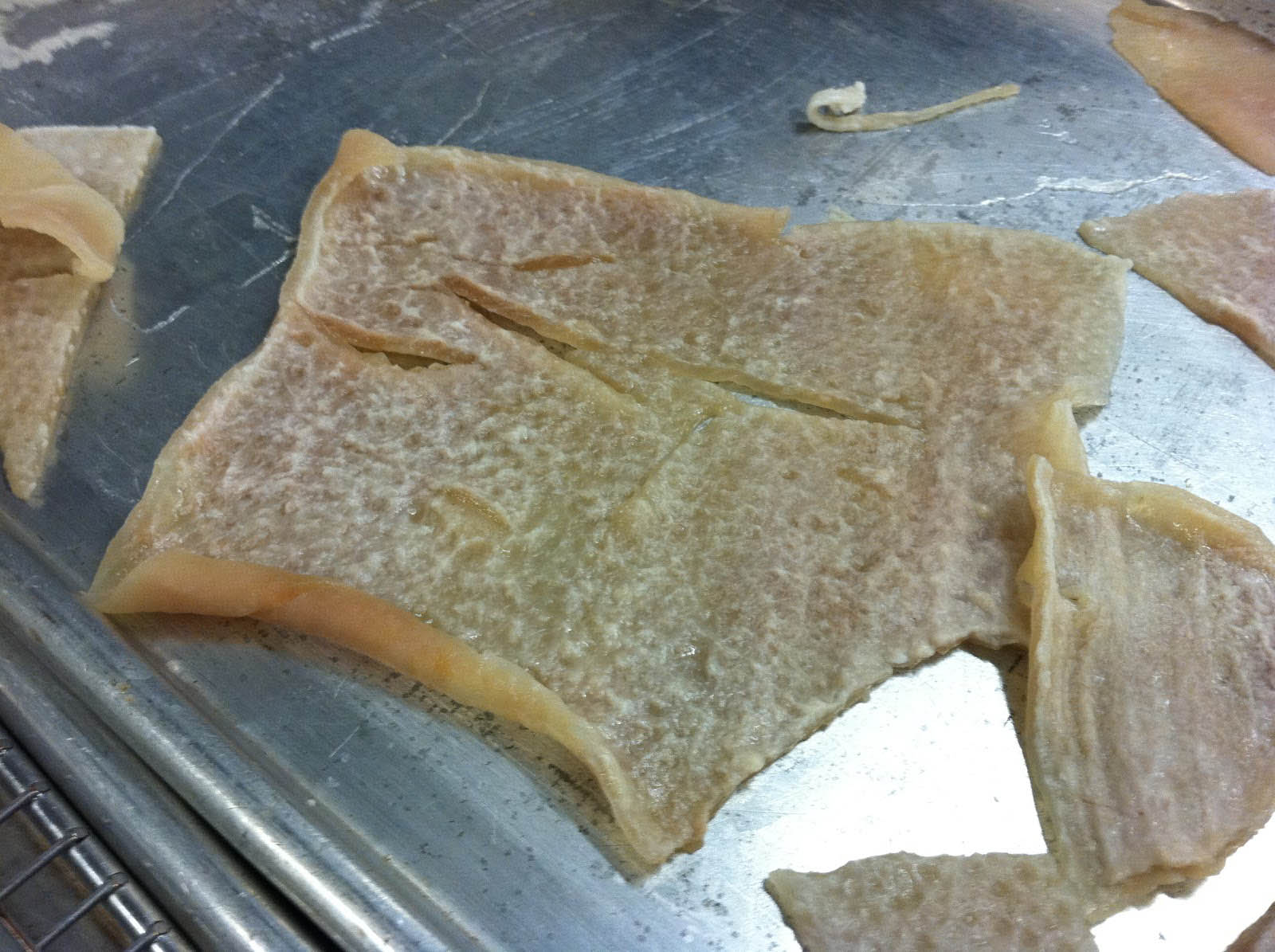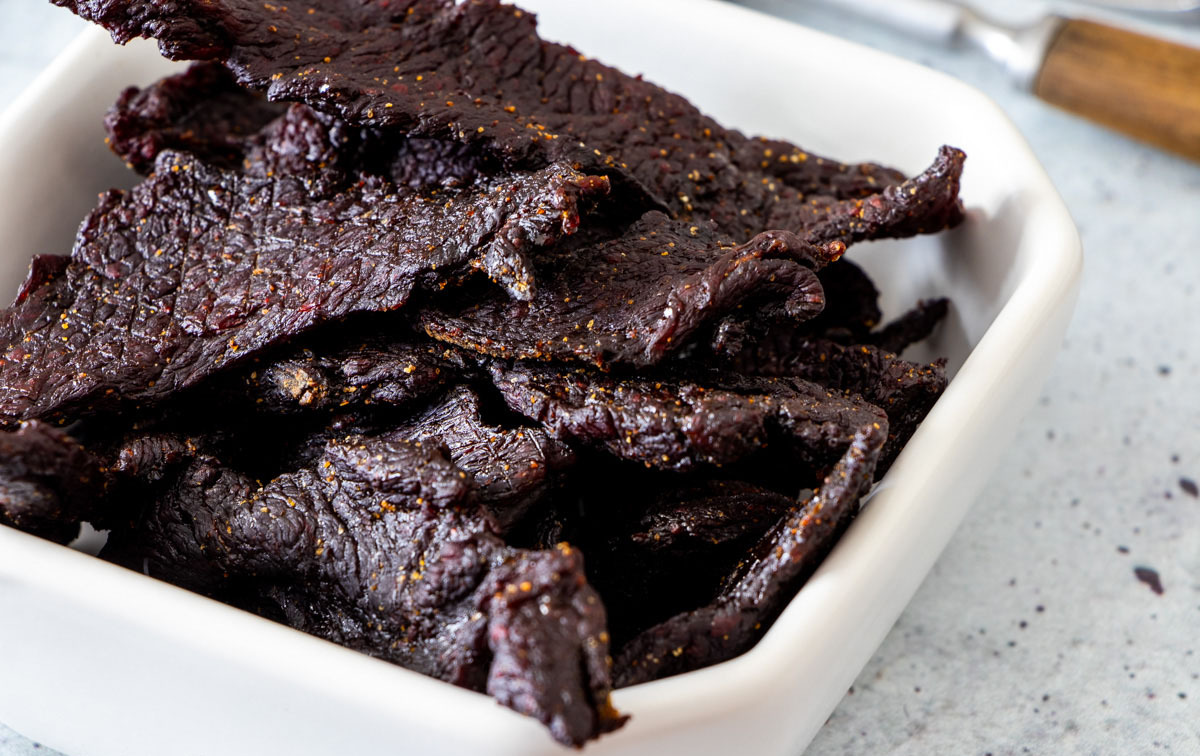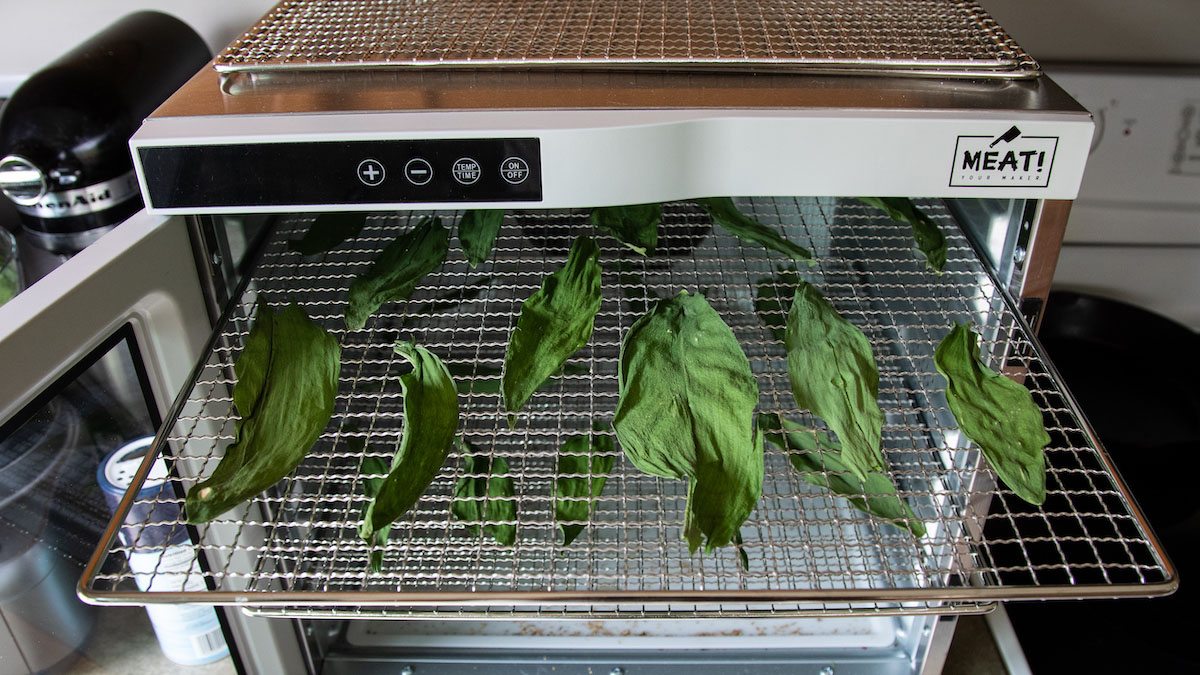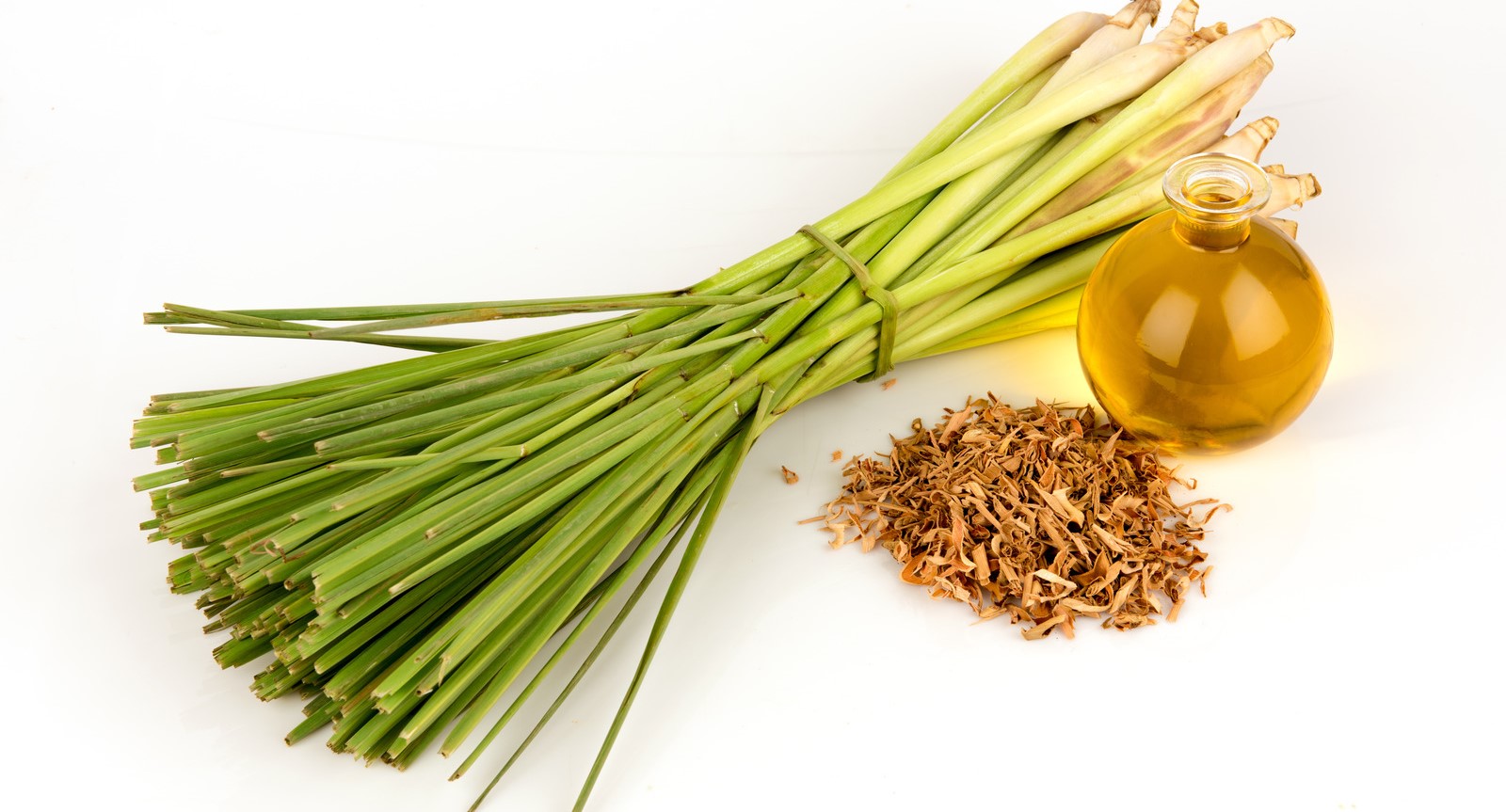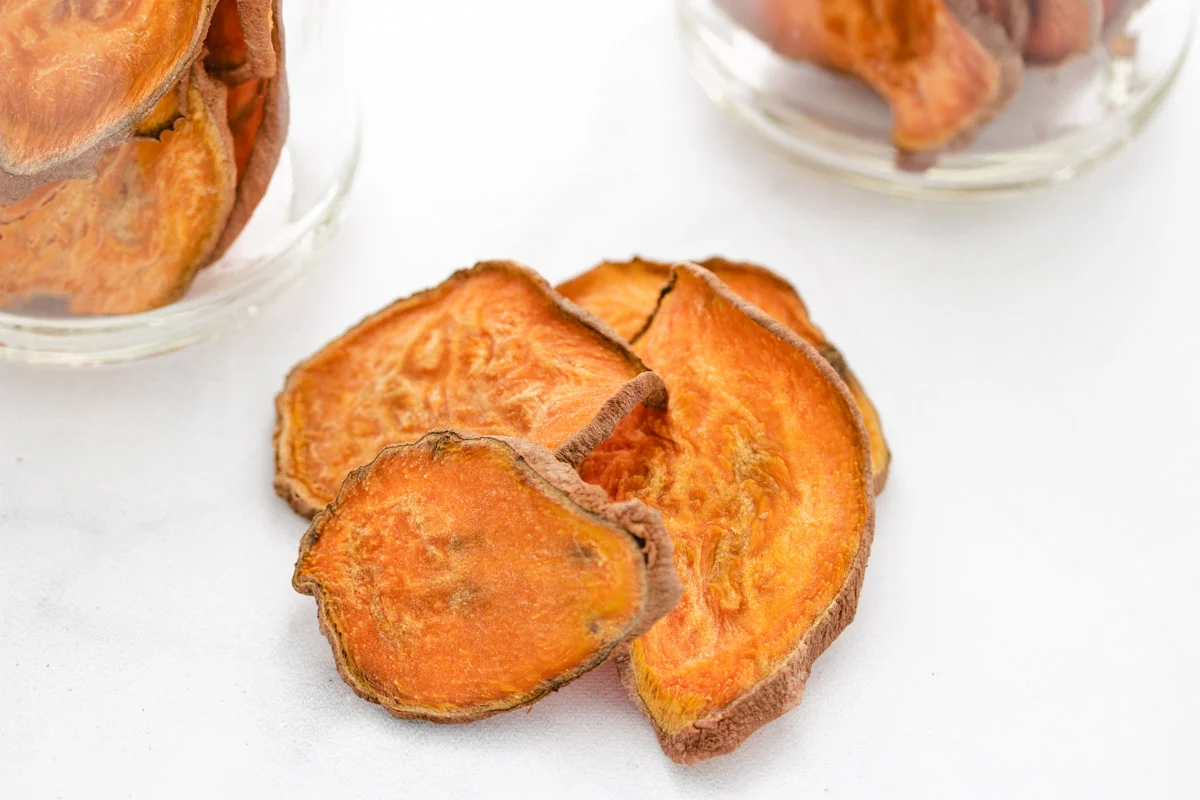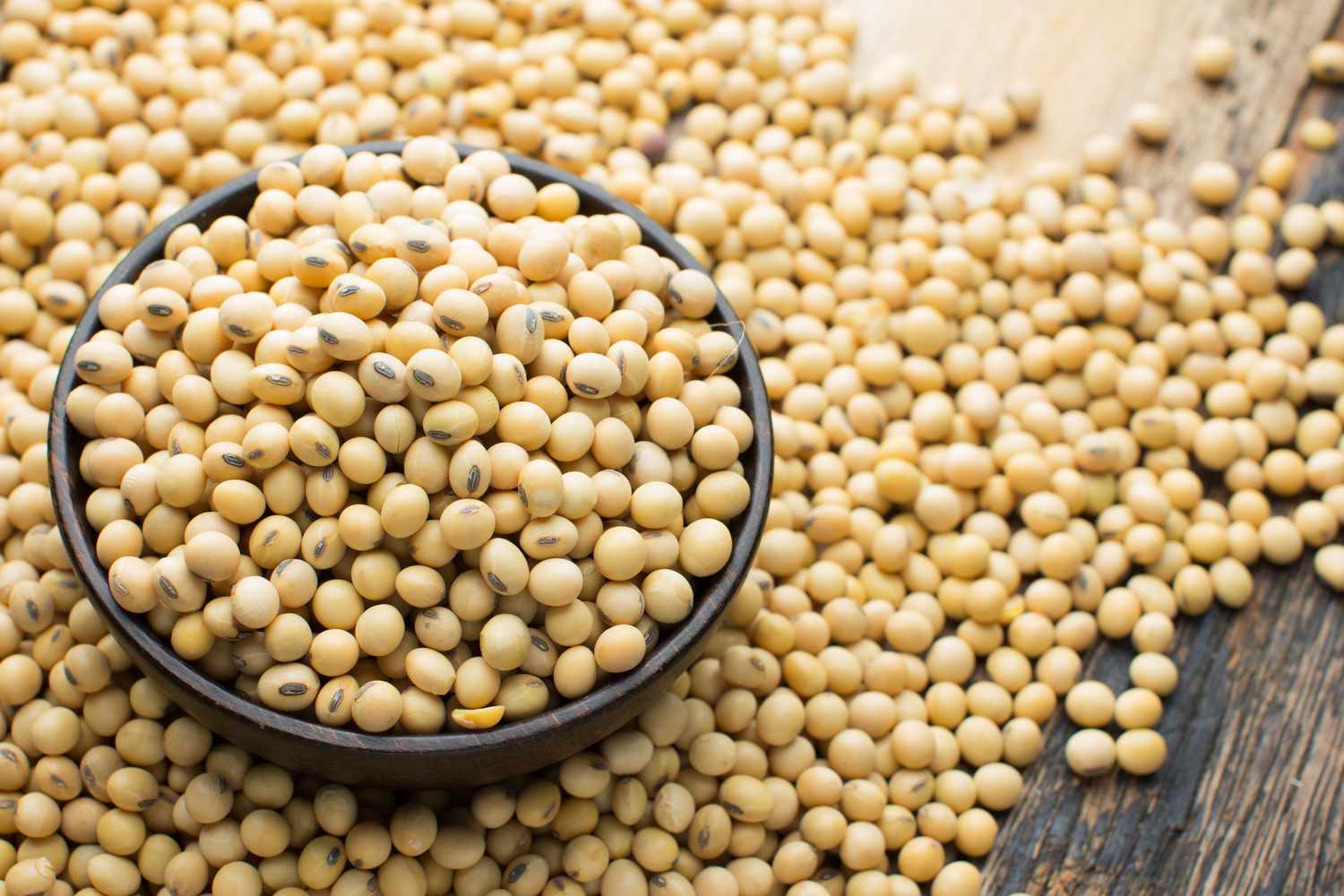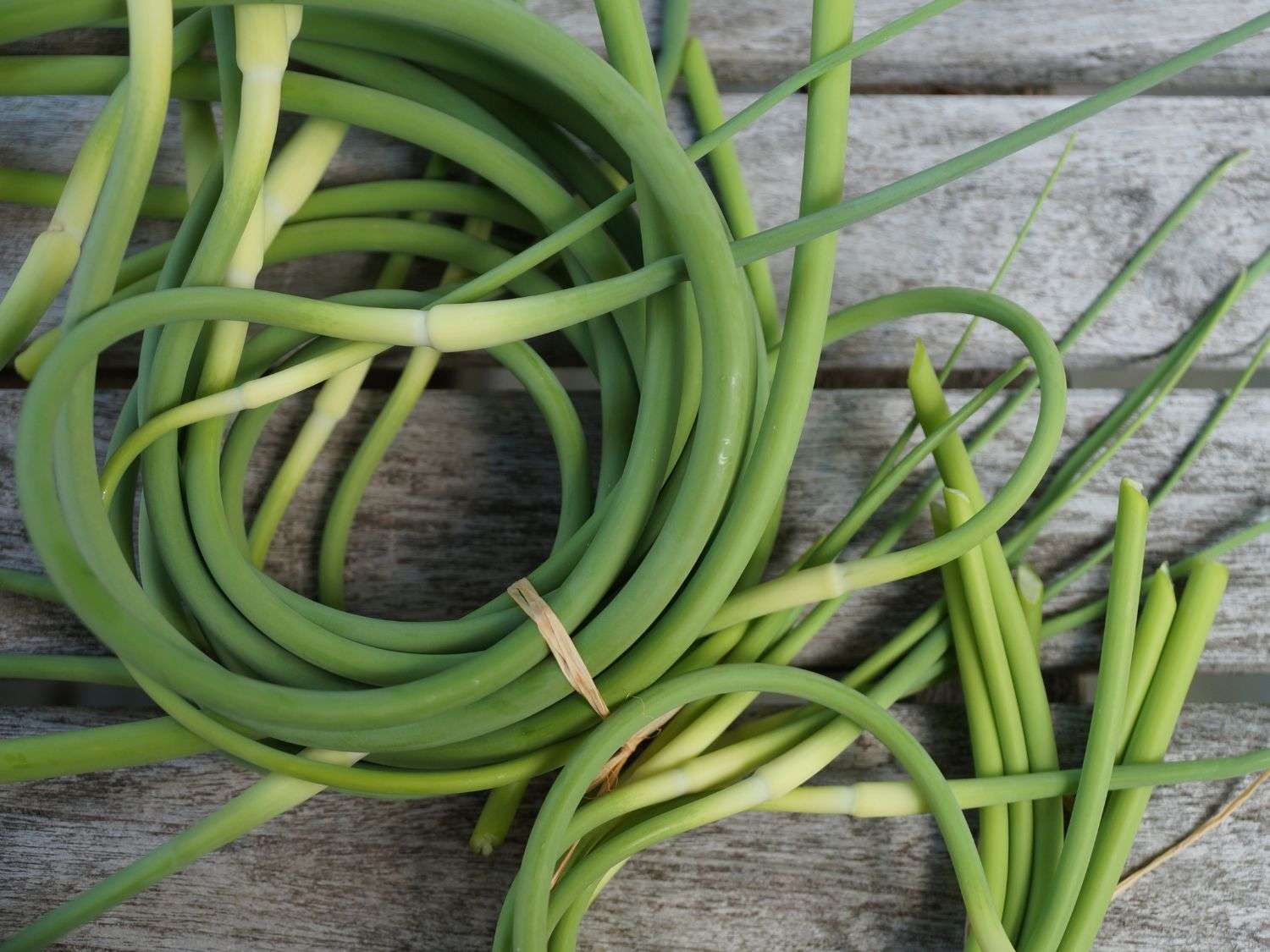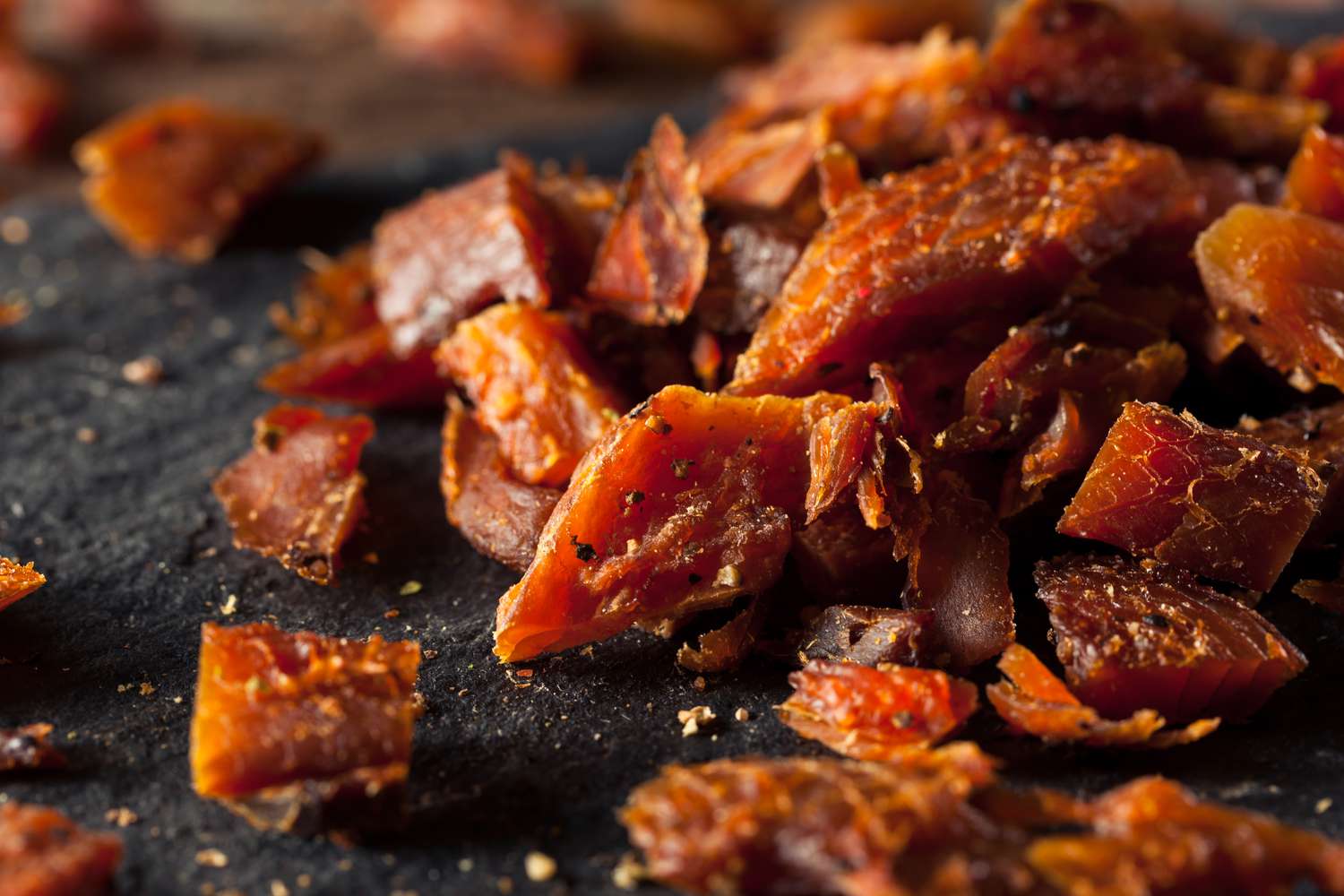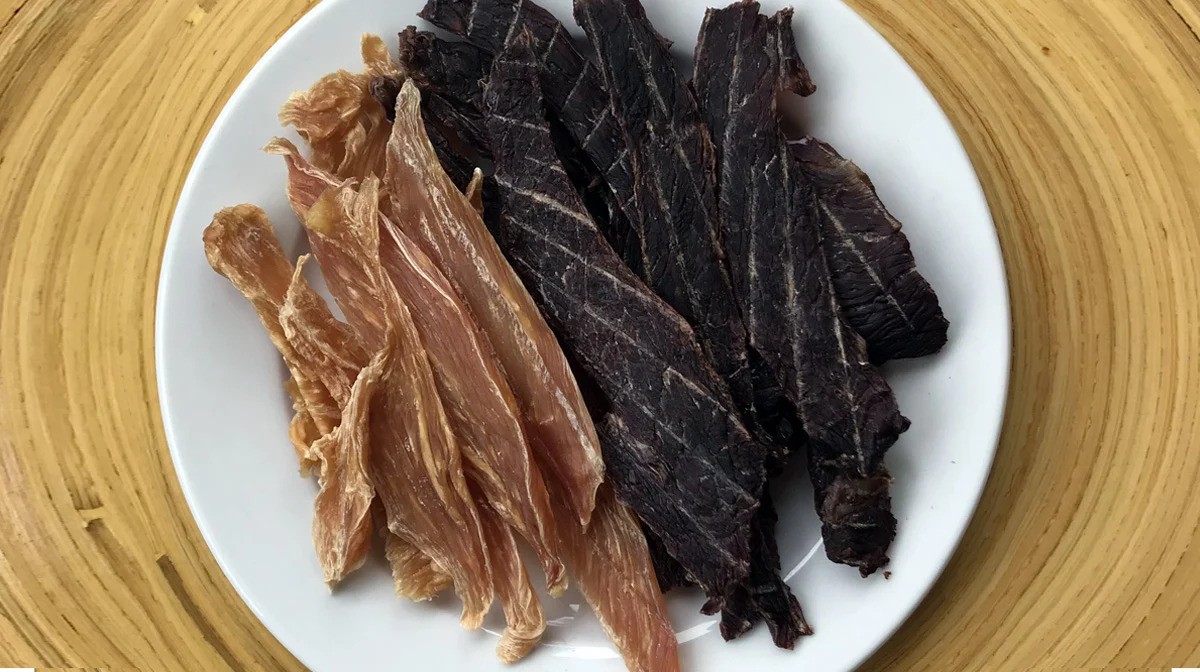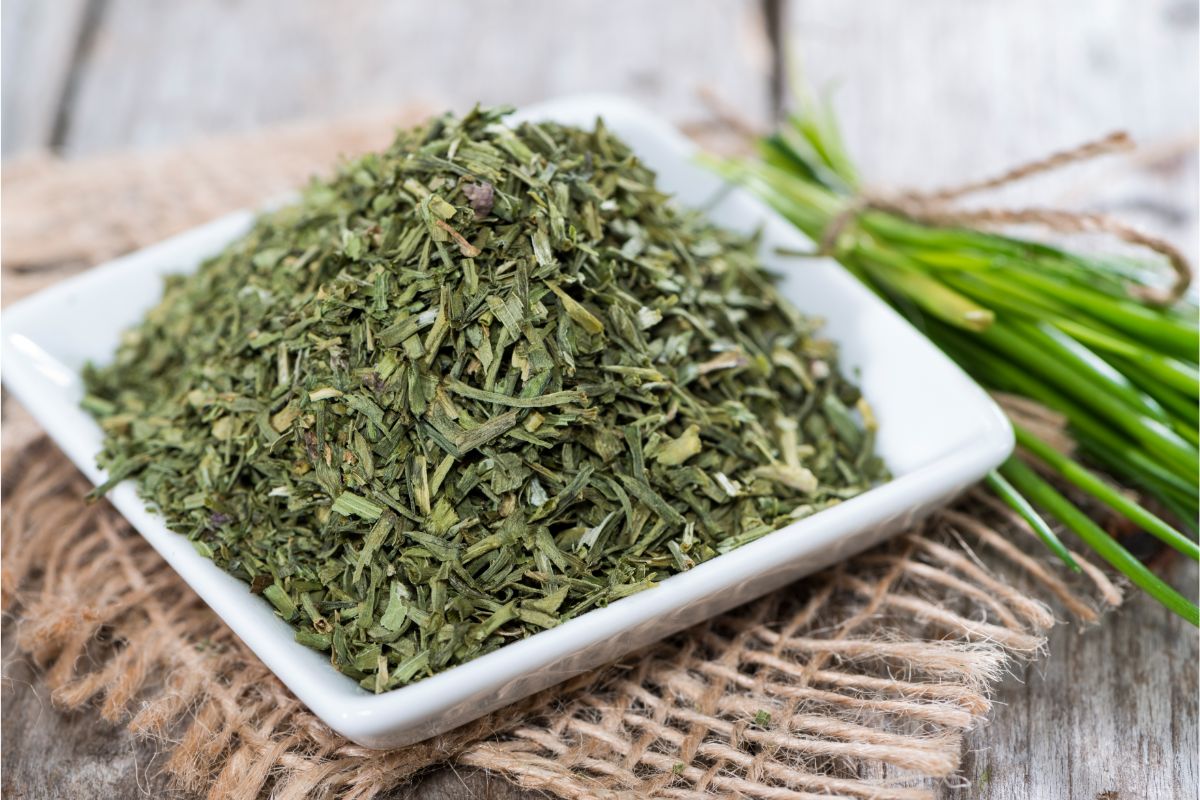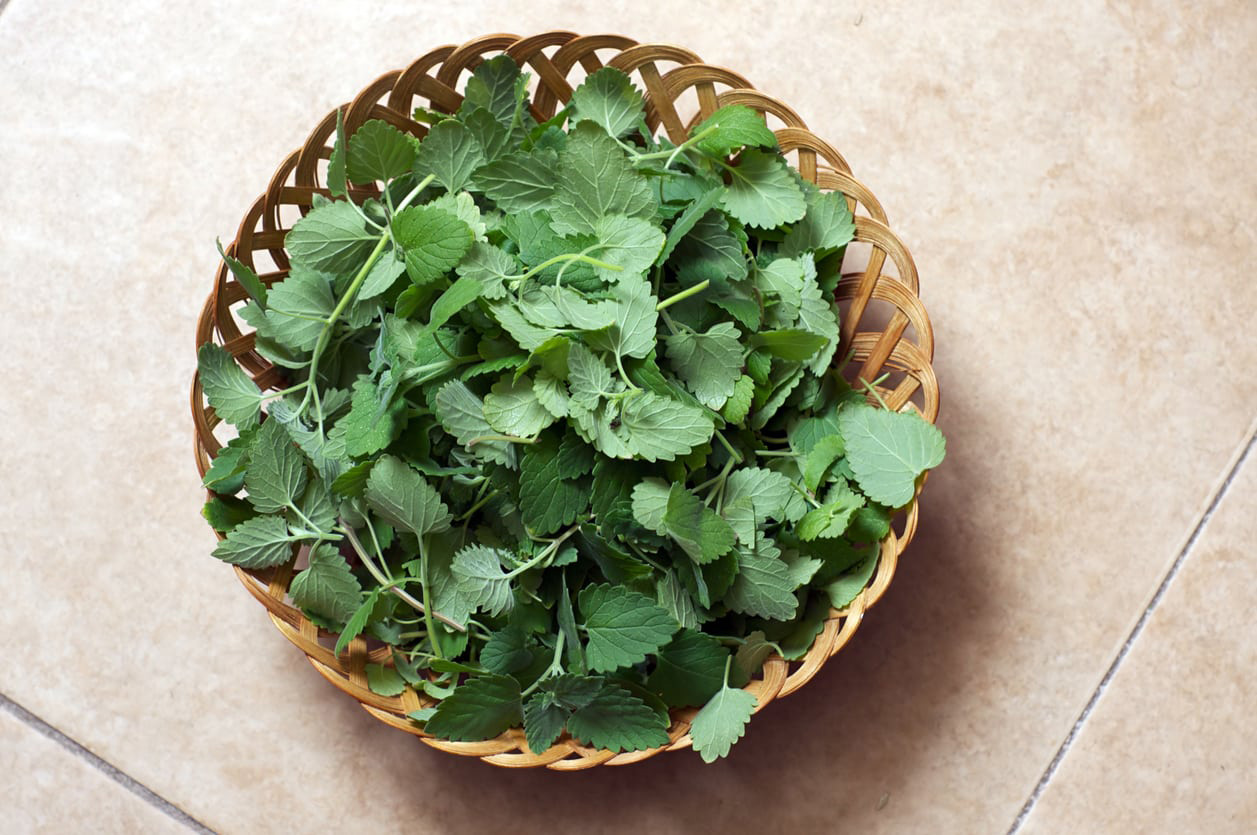Tea is a beloved beverage enjoyed by people all over the world. Whether you prefer a soothing cup of chamomile or a robust black tea, the flavor and aroma of tea can be enhanced by using dehydrated tea leaves. Dehydrating tea leaves is a simple process that can help preserve the flavor and shelf life of your favorite teas. In this article, we will explore the steps to dehydrate tea leaves at home, allowing you to enjoy your favorite teas for longer periods.
Why Dehydrate Tea Leaves?
Dehydrating tea leaves offers several benefits, including:
- Preservation: Dehydrating tea leaves helps to preserve their flavor and aroma, allowing you to store them for extended periods without losing their quality.
- Versatility: Dehydrated tea leaves can be used in various culinary applications, such as infusing flavors into baked goods or creating unique spice blends.
- Convenience: Once dehydrated, tea leaves can be easily stored and transported, making them ideal for travel or outdoor activities.
Steps to Dehydrate Tea Leaves
Dehydrating tea leaves at home is a straightforward process that requires minimal equipment. Follow these simple steps to dehydrate your favorite tea leaves:
-
Select Your Tea: Choose the type of tea leaves you want to dehydrate. Whether it's green tea, black tea, or herbal tea, the process remains the same.
-
Prepare the Leaves: Spread the tea leaves evenly on a baking sheet or dehydrator tray. Ensure that the leaves are in a single layer to promote even dehydration.
-
Dehydrate the Leaves: If using an oven, set the temperature to the lowest setting and place the tea leaves inside for 1-2 hours, checking regularly for dryness. Alternatively, if using a dehydrator, follow the manufacturer's instructions for dehydrating herbs or tea leaves.
-
Check for Dryness: To test if the tea leaves are adequately dehydrated, simply crumble a leaf between your fingers. If it crumbles easily and feels dry, the leaves are ready.
-
Store the Dehydrated Leaves: Once the tea leaves are dehydrated, allow them to cool completely before transferring them to an airtight container. Store the container in a cool, dark place to maintain the flavor and quality of the dehydrated tea leaves.
Uses for Dehydrated Tea Leaves
Once you have successfully dehydrated your tea leaves, you can explore various ways to use them:
- Brewing Tea: Use the dehydrated tea leaves to brew a flavorful cup of tea. Simply steep the leaves in hot water and enjoy the rich, concentrated flavors.
- Cooking and Baking: Incorporate dehydrated tea leaves into recipes for a unique flavor twist. Add them to marinades, rubs, or baked goods for an unexpected burst of tea-infused taste.
- Homemade Potpourri: Combine dehydrated tea leaves with dried flowers and herbs to create your own fragrant potpourri. Place the mixture in a decorative bowl or sachet to freshen up your living space.
In Conclusion
Dehydrating tea leaves is a simple and rewarding process that allows you to extend the shelf life and versatility of your favorite teas. By following the steps outlined in this article, you can enjoy the convenience of having dehydrated tea leaves on hand for brewing, cooking, and crafting unique creations. Experiment with different tea varieties and discover the endless possibilities that dehydrated tea leaves can offer.
Following the guide on how to dehydrate tea leaves, readers can try their hand at making Hibiscus Tea Sorbet, which offers a refreshing treat perfect for hot days. For those who enjoy savory dishes, the Oolong Tea Braised Pork Belly brings a depth of flavor that will impress any dinner guest. Dessert lovers can indulge in Earl Grey Infused Shortbread Cookies, combining the classic tea flavor with buttery goodness. Lastly, Chamomile Tea Lemonade is a delightful, calming drink that pairs well with any meal or can be enjoyed on its own.
Was this page helpful?
Read Next: How To Dehydrate Shrimp In Oven
